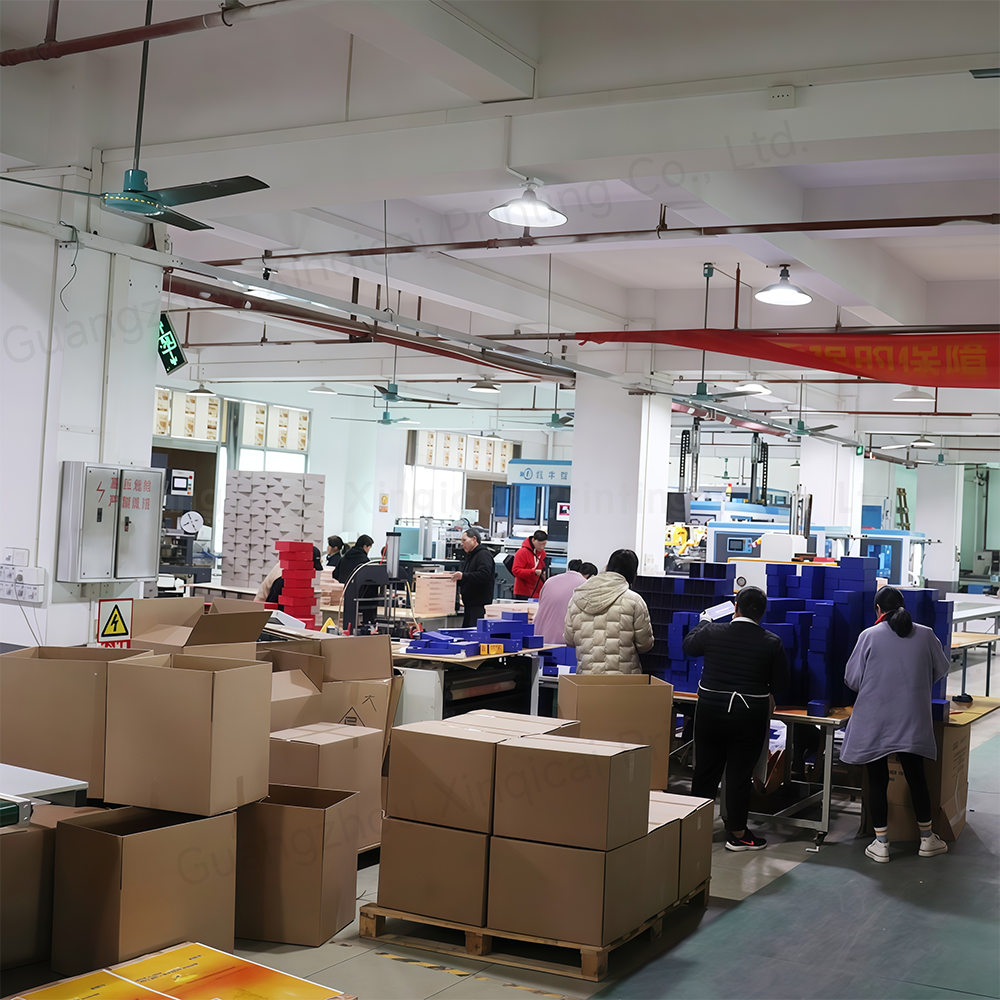The quality of printing plates directly impacts printing efficiency and results. Printing plates undergo two major processes: platemaking and typesetting. Poor typesetting can lead to inaccurate color
registration, unclear dots, and other issues. Typesetting is a rigorous process, and standardization and meticulous attention to detail directly impact the quality of the printing. The typesetting
workflow involves proofreading, film drawing, plate strip application, plate mounting, and verification. Below, we'll focus on tips for the last four steps.

Drawing Film
Drawing film involves drawing a carton outline on a PVC base sheet, allowing for quick confirmation and measurement of the printing plate's position. Without a carton outline, plate mounting
position measurement can often be inaccurate, resulting in inaccurate color registration and print placement.
Standard Process: On the cut plastic film, draw the centerline, TS (tie tab), length, width, height, and flap lines according to the unfolded carton dimensions on the worksheet.
Plate Mounting
The plate mounting strips primarily affect plate mounting quality. If the strips are loose or misaligned, they can affect printing and color registration.
Standard Process: After the film is finished, apply the strips to the reverse side of the upper and lower edges of the plastic film, reinforce them with fiber tape, and then wrap them with tape to
prevent them from falling off.
Plate Mounting
The plate mounting process is relatively rigorous, and minor issues can often occur during the mounting process. For example, if bubbles are present on the back of the double-sided tape, the
plate
will lift up after installation on the printing press, resulting in blurry print dots and unclear dots.
Standard Process: Choose the mounting method based on the plate material. For rubber plates: Apply strong glue evenly between the back and the plastic film (apply as it dries), ensuring that the
glue is evenly bonded between the plate and the plastic. For resin plates: Apply double-sided tape on the back (the adhesive should be strong and uniform in thickness), but avoid bubbles. Secondly,
during typesetting, separate the color plates according to the color draft and sample box, assigning each color a separate film sheet. The plates are then mounted according to the color draft's
proportions. Finally, if there are perforations on the printing surface, leave them clear to prevent them from being dented and damaging the layout.
Verification
Many factories do not perform plate verification after mounting, directly running the plates onto the press. This often leads to incorrect content being discovered after the press, and the plates then
need to be removed to clean the ink. This process can cost hundreds of yuan, so inspection is essential after the printing plates are set.
Standard process: After mounting, the plate must be verified to ensure that the color separation and positioning are consistent with the design drawings.

